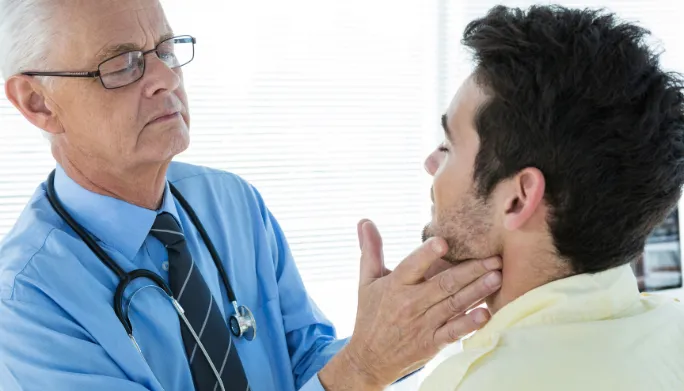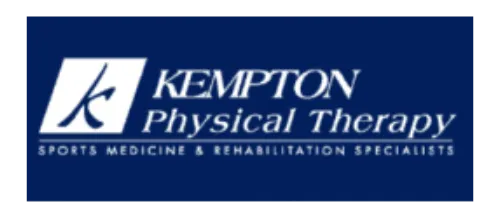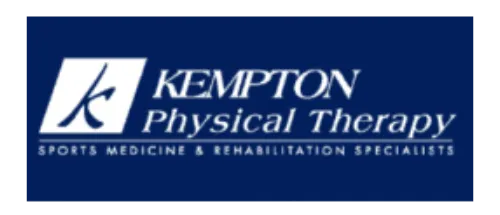Stroke in Mesa
What is a stroke?
Stroke is a devastating condition that affects millions of people worldwide. It is caused by a disruption in the blood supply to the brain, which can lead to brain damage and a range of physical and cognitive symptoms. Physical therapy is an essential part of stroke treatment, as it helps patients recover their mobility, strength, and independence.

How does Physical Therapy help?
Physical therapy clinics offer a variety of stroke treatments that are tailored to each patient’s specific needs. These treatments may include exercises to improve range of motion, strength, balance, and coordination. Physical therapists may also use electrical stimulation to help stimulate weak or inactive muscles and reduce pain.
Range of motion exercises are designed to help stroke patients regain their mobility by improving flexibility, reducing muscle stiffness, and preventing muscle contractures. These exercises may include passive range of motion exercises, where the physical therapist moves the patient’s limbs for them, or active range of motion exercises, where the patient moves their own limbs.
Strengthening exercises are used to help stroke patients regain their strength. Physical therapists may use weights, resistance bands, or other equipment to help patients gradually increase their strength. Strengthening exercises can help patients improve their ability to perform daily tasks, such as walking or reaching.
Many stroke patients experience issues with their balance and coordination. Physical therapists can help patients improve their balance and coordination through various exercises, such as standing on one leg, walking on uneven surfaces, or performing exercises that require coordination, such as tossing a ball back and forth. These exercises can help improve the patient’s ability to perform daily activities and reduce the risk of falls.
Gait training is an essential part of stroke rehabilitation, as it helps patients regain their ability to walk. Physical therapists may use various techniques, such as treadmill training, walking on different surfaces, or using assistive devices, such as canes or walkers, to help patients improve their gait. Gait training can help patients regain their independence and improve their quality of life.
Functional training focuses on helping stroke patients regain their ability to perform daily tasks, such as dressing, grooming, or cooking. Physical therapists may use various techniques, such as simulating real-life situations, to help patients practice these tasks in a safe and controlled environment. Functional training can help patients regain their independence and improve their confidence.
Finally, electrical stimulation is a technique that uses electrical currents to help stimulate muscles that may be weak or inactive due to a stroke. Physical therapists may use electrical stimulation to help patients regain muscle strength, improve blood flow, and reduce pain. This technique can be used in conjunction with other stroke treatments to help patients recover more quickly.
Physical therapy is an essential part of stroke treatment because it helps patients recover their mobility, strength, and independence. Stroke patients may experience a range of physical and cognitive symptoms, such as paralysis, muscle weakness, speech difficulties, and memory problems. Physical therapy can help address these symptoms and improve the patient’s overall quality of life.
Physical therapists work closely with stroke patients to develop a personalized treatment plan that is tailored to their specific needs. The treatment plan may include a combination of exercises, such as range of motion, strengthening, and balance training, as well as functional training and electrical stimulation.
In addition to physical therapy, stroke patients may also require other medical treatments, such as medication or surgery. However, physical therapy is an essential part of the recovery process and can help patients regain their independence and improve their overall quality of life.
Get started with physical therapy today
Stroke treatment in a physical therapy clinic involves a variety of techniques and exercises that are designed to help patients regain their mobility, strength, and independence. Physical therapists work closely with patients to develop a personalized treatment plan that is tailored to their specific needs. If you or someone you know has suffered a stroke, be sure to talk to your healthcare provider about the benefits of physical therapy.



